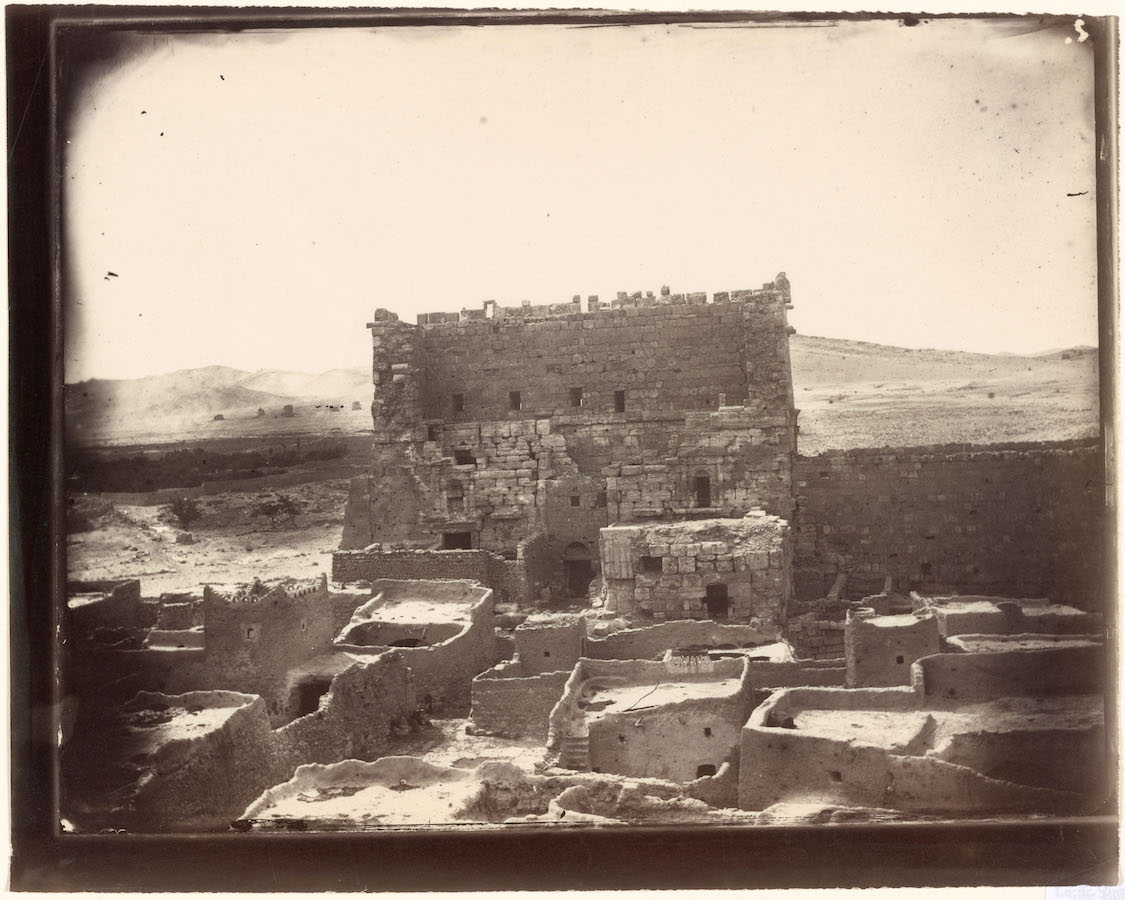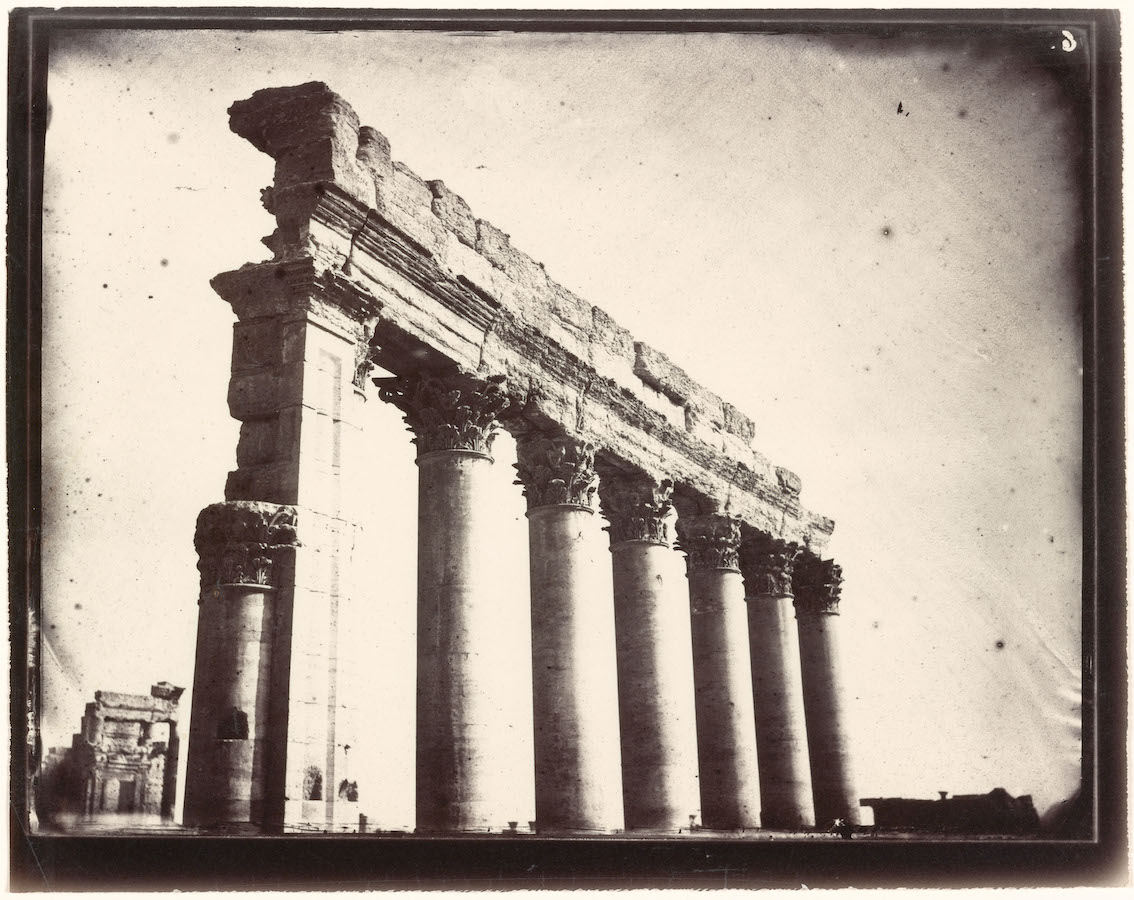DUBAI: On August 18 2015, Khaled Al-As’ad, the former director of antiquities and museums in Palmyra, Syria, was murdered by Daesh for trying to protect the ancient city’s cultural heritage. Eighty-three years old, he had dedicated his life to the preservation of one of the world’s most important archaeological sites.
Publicly beheaded for refusing to reveal the location of artifacts he had helped to hide, Khaled al-As’ad’s execution shocked and horrified the world. Following his death, Daesh set about destroying many of Palmyra’s monumental ruins, including the Temple of Bel and the Tetrapylon. In doing so, irreparable damage was caused to a masterpiece of human ingenuity and one of the most important cultural centers of the ancient world.
“For my father, Palmyra was the center of the world and the gateway to the Syrian civilization,” says Waleed Khaled al-As’ad, the archaeologist’s son and director emeritus of antiquities and museums at Palmyra. “He had a firm belief in the importance of preserving its legacy. He did his best for its sake, and was active for more than 50 years in excavating and restoring its monuments, as he always believed that a human being without a past is a human being with no present and no future.”

Waleed Khaled al-As’ad is the archaeologist’s son and director emeritus of antiquities and museums at Palmyra. (Supplied)
The destruction of Palmyra, which lies approximately 218 kilometers northeast of Damascus, was considerable. As well as the Temple of Bel and the Tetrapylon, the Temple of Baal Shamin, the Arch of Triumph, columns in the Valley of Tombs, and several distinctive tower tombs were also either partially or completely destroyed, although a large part of the ancient site retains its integrity and authenticity, according to UNESCO.
“My father used to say: ‘Palmyra is my destiny. Let me be here, living among these ruins in which I was born and will die. My love and fondness for this city is unparalleled. I have visited several cities in the East and the West, however if I had to choose my favorite one, it will be Palmyra. I lived on its land and drank from its water, and whatever effort and contribution I make to it, it will not be enough, because it deserves the best.’

Imaginary view of Tetrapylon with agora in background, anonymous artist after Louis-François Cassas, ca. 1799. Proof-plate etching. 17.3 x 27.9 in. (44 x 71 cm). (Getty Research Institute, 84001)
“He chose to die like a palm tree, standing and deeply rooted in the land where he was born, lived, killed and crucified for its sake. This knight knew that he would write the last chapter of his life if he insisted on staying, but he decided not to leave the battlefield. He believed that if he left, no one else would stay.”
An in-depth interview with Al-As’ad by the art and archaeology historian Ridha Moumni is at the heart of Getty’s first Arabic online exhibition, “Return to Palmyra,” which was launched on February 3 and includes rare 18th-century etchings by Louis-François Cassas. A re-presentation of Getty’s “The Legacy of Ancient Palmyra,” which was launched in 2017, the exhibition includes updated technology, new texts, a classical Arabic translation, and 19th-century photography by Louis Vignes.

Frances Terpak is the curator and head of photographs at the Getty Research Institute and the exhibition’s curator. (Supplied)
“The exhibition aims to increase awareness about the city’s prominence in the ancient world and its long history as a vibrant multi-cultural trading center,” says Frances Terpak, curator and head of photographs at the Getty Research Institute and the exhibition’s curator. “By reminding audiences why Palmyra is important, the exhibition also shares a message of hope that one day the city will be rebuilt by its people — marking a ‘return’ to Palmyra.”
The exhibition will run for three years and includes new material from a non-Western lens, as well as a detailed local history written by Joan Aruz, curator emerita of Ancient Near Eastern Art at The Metropolitan Museum of Art.
It is the memories of Al-As’ad, however, that will arguably resonate the most — in particular his experience of growing up among the ruins under the mentorship of father, his visits to the museum as a child, and his own journey towards stewardship of the ancient site.

Temple of Bel, Louis Vignes, 1864. Albumen print. 8.8 x 11.4 in. (22.5 x 29 cm). (Getty Research Institute, 2015.R.15)
“On most days my father used to take me — both as a child and as an adolescent — with him to excavation and restoration missions, both in Palmyra and other locations,” Al-As’ad recalls. “He also allowed me to spend time with him and fellow Syrian and foreign archaeologists during moonlight nights at the guest house of the Temple of Bel, which is a majestic and sacred place. They were certainly unforgettable memories.”
Al-As’ad remembers a kind, generous and knowledgeable man with moderate religious views. His father was humble, respected and welcoming, and had dedicated his life to Palmyra and the preservation of human heritage. He encouraged his son to learn and to read, to follow news of various missions and discoveries, and to study engineering “because Palmyra needs engineers more than archaeologists.” Al-As’ad succeeded his father as director of antiquities and museums in 2003, remaining in Palmyra until the city fell to Daesh in 2015.
“My father chose to be like Palmyra’s sculptures — a man looking ahead, even in the moment of death,” says Al-As’ad, who managed to escape the city just before it was overrun. “He was faithful to his principles until the last moment of his life. Yes, he is gone, but what comforts our hearts is that the barbarism of (Daesh) has made him the most popular figure in the history of Palmyra after Zenobia and Athena.”

Temple of Bel, Louis Vignes, 1864. Albumen print. 8.8 x 11.4 in. (22.5 x 29 cm). (Getty Research Institute, 2015.R.15)
Al-As’ad has yet to return to Palmyra. When he finally does, he and his family will retrieve his father’s body and “bury him in a special grave befitting his great sacrifice.” They will then seek to establish a museum in the house where he lived and to contribute to the reconstruction of the city. “In such a way, we could follow in his footsteps and continue preserving the city which he defended until his last breath,” says Al-As’ad.
One of the aims of the Getty exhibition, which includes color photographs and several black-and-white prints by conceptual German photographer Ursula Schulz-Dornburg, is to highlight the site’s fragile state and to bring its plight to the world’s attention.
“I am overwhelmed by a constant longing to return to Palmyra, although I am afraid of returning and seeing with my bare eyes the unprecedented and unjustified barbarism that has befallen it,” says Al-As’ad. “But I must return in order to complete the journey of my late father, and to perform my duty towards the city in honor of his memory. And because of my belief in the need to revive this world heritage site.”












